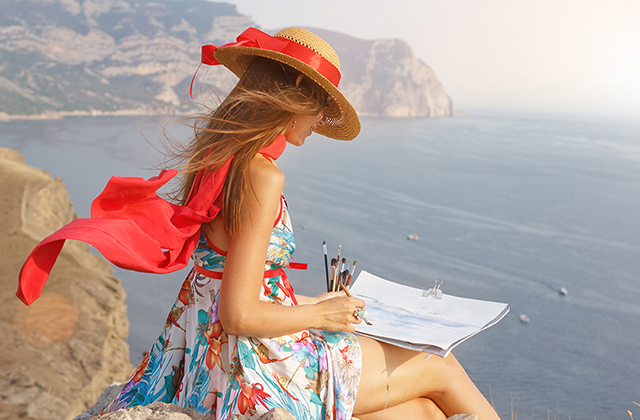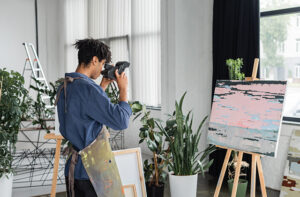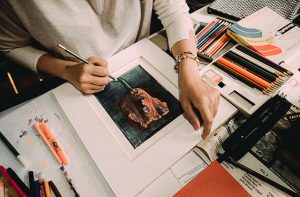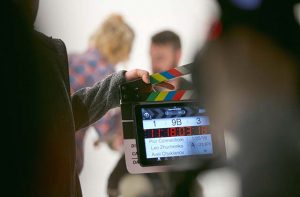A storyboard artist film must have a template because it is very important if you’re putting together a multi-media piece like a video or DVD. Your storyboard is what will specify what your graphic designer is going to come up with, what your voice-overs will say, what your illustrators will draw, what your photographers will shoot, what your soundtrack will be, and what your programmer will produce. A storyboard template is what you need to have to make certain that your storyboard comes out right.
So your storyboard starts with your storyboard template. How do you create this? Begin by minding which medium you are using for it. In Word, go into landscape mode, create your template, and let each page be one screen. If you use PowerPoint, create a template and let each slide be one screen. If you use Adobe’s Captivate, you can take the rapid development approach and just start writing the whole storyboard in directly with your authoring tool. And then there are numerous commercial storyboarding software programs that teach you how to create a template within them.
Some people prefer to use a text writing program and write text-only storyboards, leaving the actual final images and soundtrack up to the producer, who just follows the textual descriptions within the blocks. But in general this is not the best way to create storyboards. The visuals are there to spark the imagination and seeing them acts like a visual rough draft. The same goes for the soundtrack in audio terms. You are not clamping down on anyone’s creativity by producing a full-fledged storyboard.
So, once you have called up your storyboard template, how do you fill it in and create your storyboard? You need to create the following sections:
*Title Section: Here you put the topic, module, unit, or lesson name.
*Screen Number Section: You want a unique identifier for each one of your screens. So you could use, say, “t1m2s4? for topic 1, module 2, screen 4.
*Visuals Section: Sketch the visual or else insert a photograph, graphic,etc. You might also include the text that will be shown on screen, or you can make another section for the text.
*Audio Section: Here is where you write out the script, the name of the music file or recording, and the sound effects (SFX) that will play on each screen.
*(Possible) Interaction Section: If you are storyboarding for something that is interactive, like a video on your website, here is where you describe the interactions taking place on each screen. It’s good to write this out in programming-like language for your programmer. So, for instance, you might write “If button 3 gets clicked, go to screen u1m24”.
*(Possible) Branching Section: For an interactive production, here all possible system branching is defined. Branching is not the same thing as interaction. Branching is whole system navigation, so every possible interaction within the video must be accounted for here.
Remember, the high art of the storyboard is getting as much into one screen as possible. You want your storyboard to be detailed, but with that said you want it as simple as possible. Following your storyboard template makes this possible.
If you’re a student and want to learn storyboarding techniques in creating outstanding storyboards in simple and easy steps,then this storyboard software is perfect for you. Get your Free Demo and view Storyboard Examples.
Article Source: https://EzineArticles.com/expert/Joy_Davenport/338725
Article Source: http://EzineArticles.com/3959571



